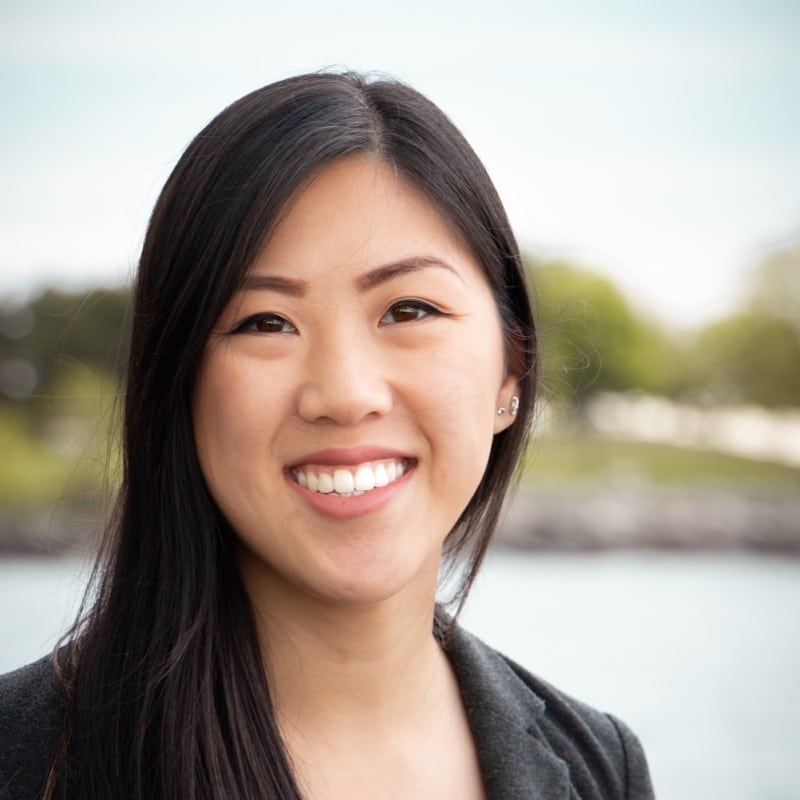Meet Cathy Truong, an
AHF Fellowship Circle alumnus from the Winter 2021 cohort.
Cathy is a design thinker who takes on a human-centred approach to create products and graphics to the perfect pixel. She has an eye for detail and the ability to see the big picture. She was originally trained to be an architect and now works to mould the digital space. She is a strong advocate for mental health and wellness. She currently works as a Creative Manager at Vent Over Tea, a non-for-profit that offers free, in-person, and confidential active listening services for anyone who needs to vent. On any given day, you might catch her practicing yoga, working on a side project or seeking new information or experiences.
We had the honour of sitting with Cathy to learn more about her career journey and purpose.
Your career journey initially began in the field of architecture and you’ve transitioned into product design. Tell us more.
I’m someone who is fast-paced and likes to get things done and decided to transition from the field of architecture and construction into design. Designing physical spaces for people is a big undertaking, and yet little user research or feedback is gathered to get the best design. It is important for me to know if my designs are creating a good experience for its occupants. Contrastingly, product design puts an emphasis on the user. Having those feedback loops helps me grow as a designer and build a connection to the end-users.
What advice would you give to BIWOC in their early-careers looking to pursue careers in product design? Can you offer advice for creating a portfolio of work?
One of the refreshing things about the product design industry is the community who are willing to help out early designers. In fact, Natasha Sidi, AHF’s Operations and UX Lead, guided me through my first freelance project. Therefore, my advice would be to leverage your network. One way I did this was by asking for an introduction to a product designer from my friend’s workplace.
For those looking to build their portfolio, find a small problem that’s been bothering you, and propose a better way to do it. If you’re passionate about it, it will show through your work, which in turn will become a better portfolio piece. At work, you likely won’t be the user you’re designing for, so take this opportunity to explore a problem you know and care deeply about and have fun with it!
Tell us about your biggest accomplishment. What are you most proud of and why?
Although I could list career accomplishments, the most impactful accomplishment for me was actually figuring out my self-care routine. Taking care of myself allows me to be the best version of myself at work, in my relationships, and for others. One of the Fellowship career learning labs focused on self-care as activism and I couldn’t agree more. The better you take care of yourself, the more you have to offer others. The consistency I’ve put into my self-care over the years has built a trust within myself that makes me feel I can accomplish anything I set my mind to.
What motivated you to apply for the AHF Fellowship Circle? What are some of the notable takeaways and learnings for you from the program?
One of the attributes of a good designer is being able to empathize with others so they can solve problems in a human-centred way. This is also true for leaders. They need to have a deep understanding of others in order to enable them to do great things. Being a compassionate listener is crucial for leaders, so they can understand individual strengths and frustrations, and what can motivate them to succeed in a team setting. Knowing that I want to be a design leader, I applied to the
AHF Fellowship Circle to be better prepared for that role. I was excited to gain perspective and to listen to the experiences of fellow self-identifying Black, Indigenous and women of colour (BIWOC).
I came into the program thinking I didn’t know or could understand the nuanced experiences and challenges that other BIWOC face. To my great surprise, the program made me realize, not only could I empathize with many of the experiences of other Fellows and Mentors, but I actually shared many of the challenges and barriers myself. The stories of women in colour at the workplace weren’t as foreign as I once thought. From this, I now know I need to act as much as I listen to help elevate diverse women at work. I was raised in an immigrant community where I wasn’t subjected to being the minority at school. This all changed when I entered the workforce, where people of colour were the minority (especially in leadership). I identified commonalities with many of my peers during the
AHF Fellowship Circle, such as, fighting imposter syndrome moments and struggling to find my voice during meetings.
As a Creative Manager for Vent Over Tea, can you tell us more about this opportunity and your experience as a leader? What are some notable initiatives you supported to help enhance active listening and mental wellness within the community?
Vent Over Tea is an extension of my love for mental wellness and compassion for people from all backgrounds. I started out as a social media contributor, meaning I would write content for posts. I soon realized it wasn’t my strength and I transitioned to a different role that was a better fit for my skills and strengths. So now, as the Creative Manager for Vent Over Tea I contribute as their in-house designer where I work to elevate Vent Over Tea’s branding and mission. When I’m creating graphics, designing the website, or choosing photography, I am always thinking of creating a consistent message in-line with the organization’s practice of inclusivity and creating non-judgmental spaces for everyone. Since I joined last year, we’ve increased our following by 44%.
I’m happy to offer my design skills to spread the word of Vent Over Tea’s active listening services. For anyone, and especially the BIWOC community, shame can keep us from speaking about our problems. The practice of active listening is combative for this because the listener suspends judgment and acts to understand rather than respond or advise. Vent Over Tea takes this a step further by pairing people with trained volunteers who don’t know them, so they can feel at ease to express whatever they are going through.
What gives you hope for the future of BIWOC in design?
I’m fresh in this career, and yet I’ve already met a ton of ambitious and diverse designers that are hungry to make their impact. That’s extremely encouraging to see. My hope is that us BIWOC designers continue on this trajectory and move to higher positions in companies.
We need to see more BIWOC designers at the C-Suite level. Design can have enormous business and societal impacts if used properly, so we need to make sure there are mixed voices at the table.



